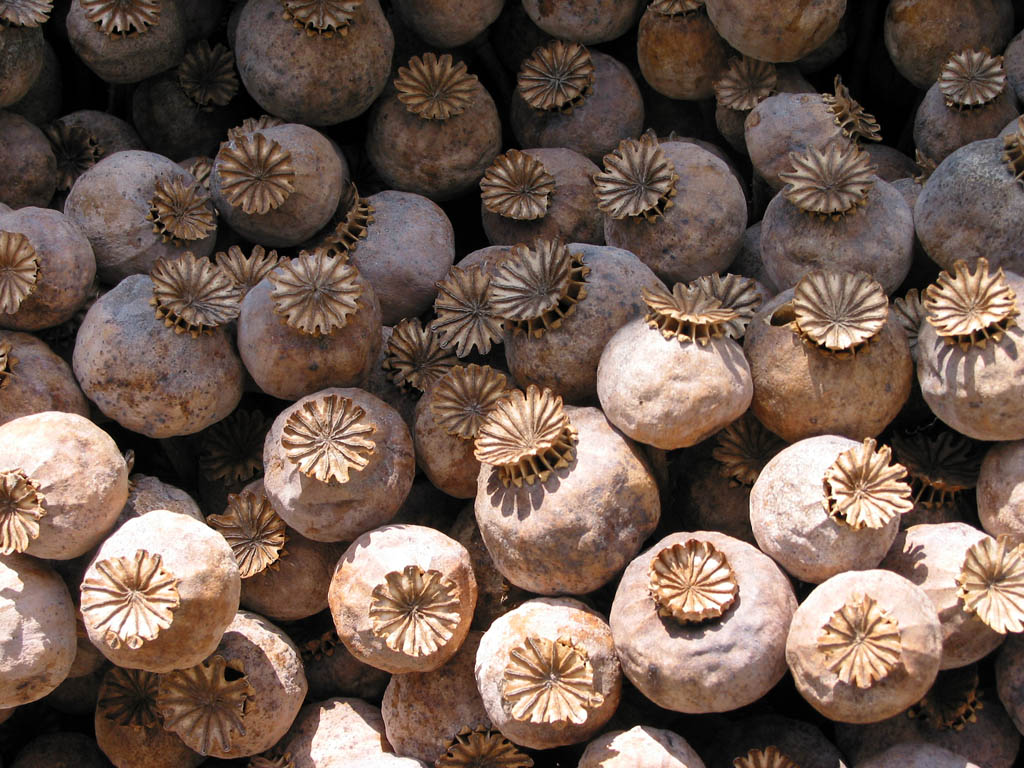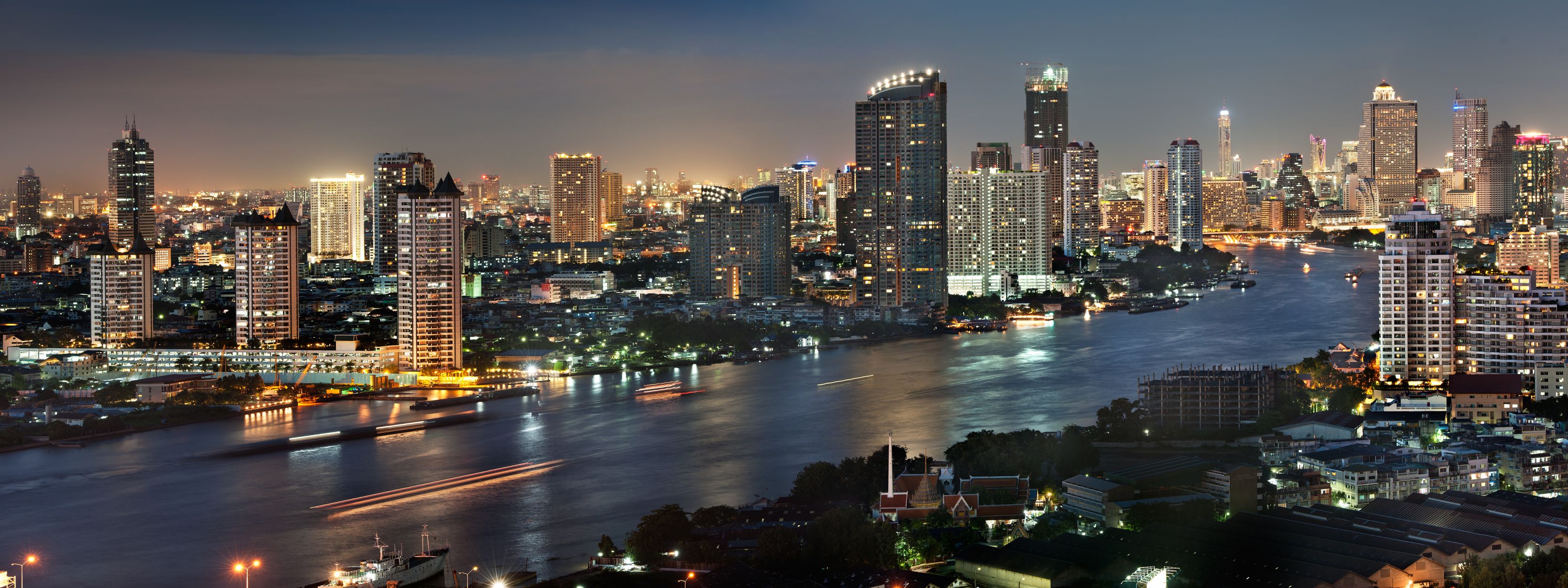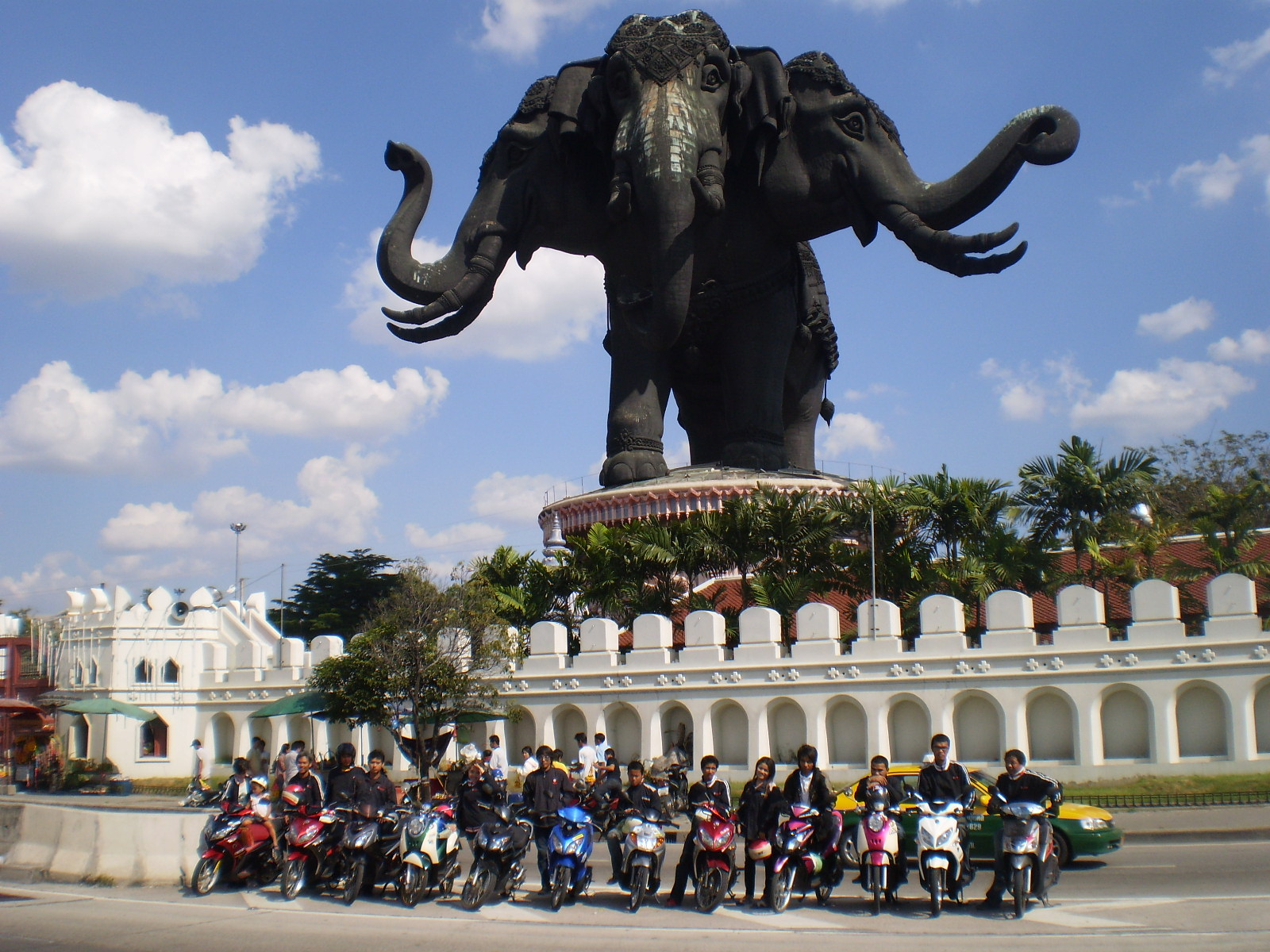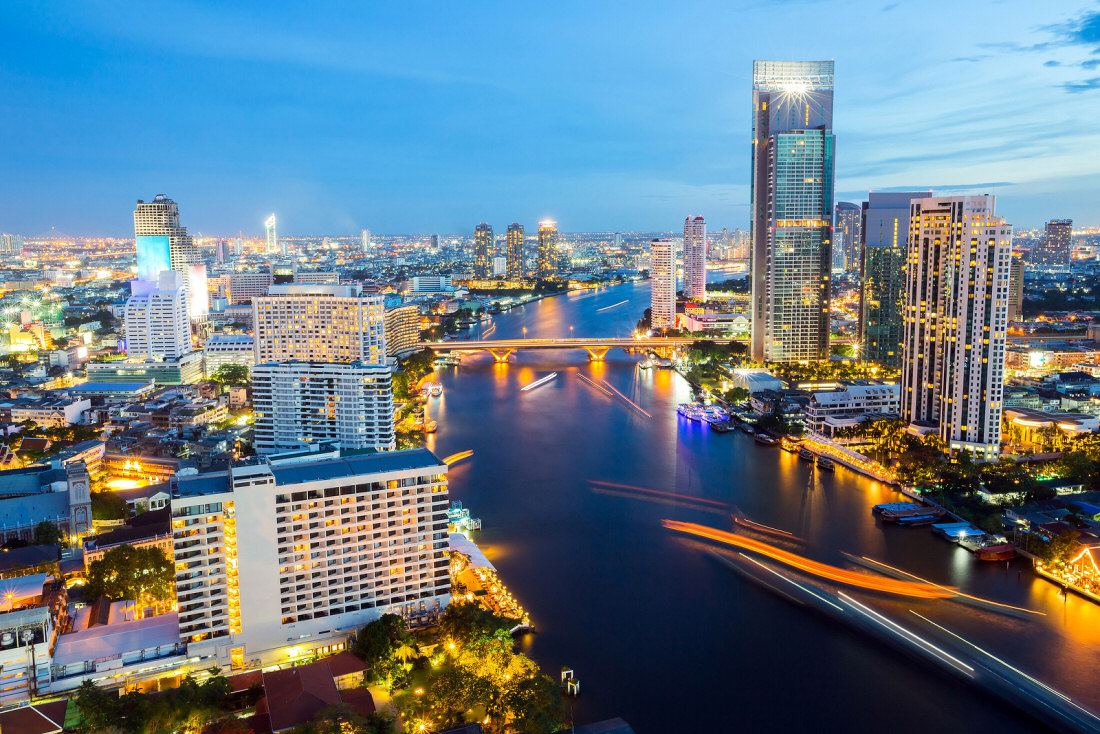In the early stages of the Second World War (1939-1945) Thailand continued receiving its opium from countries like Iran and Turkey, but after the Thais sided with the Japanese Empire late in 1941, these markets were quickly cut off. In May 1942 the Thai Northern Army, commanded by General Phin Choonhaven, moved into the Shan States of northeastern Burma in support of the overall Japanese invasion of that country, establishing its headquarters in the town of Kengtung and thereby gaining access to the locally grown product as well as Chinese opium.
By virtue of their alliance with the Japanese, Thailand was granted permission to annex the Shan States, becoming known as the United Thai State. Within a few months, nearly 37,000 kilos of opium had been exported to Bangkok. The war had little effect on Chinese opium exports into the the Southeast Asian region. The nationalist Chinese, or Kuomintang (KMT), controlled southern China and although they were engaged in a bitter war the Chinese continued to sell large quantities to the Japanese.
For the first time, the Golden Triangle region became a significant opium producer, increasing output from just over 15,000 kilos in 1940 to 98,000 kilos in 1944.
As the war began to go badly for Japan- and consequently Thailand as well, the Northern Army was ordered to quit the Shan States. A number of key Thai military figures who dominated the opium trade after the Second World War saw service in the Shan States. With the surrender of Japan and the end of the war in 1945, the number of opium addicts in Thailand remained virtually unchanged from pre-war levels.
Considering the size and proximity of the market, is is somewhat surprising there was very little poppy cultivation in Thailand prior to the 1940s. However, from 1945 on wards, the Golden Triangle region continued its massive expansion. The region became the number one producer of opium and its derivative, heroin, in less than three decades.
In December 1946, the United Nations sponsored Commission on Narcotic Drugs passed a resolution calling for the abolition of ‘opium-smoking in the Far East’, invoking an article in the international drug convention signed at The Hague in January 1912. The Commission criticized Thailand for being the only country in the Southeast Asian region where a legal government monopoly still operated.
The Commission also passed a resolution calling for an end to non-medical opium exports as soon as possible. Iran, a major exporter Thailand, had passed a ban on opium production in April 1946 thereby forcing the Thai government to authorize poppy cultivation in the northern hills.
In November 1947, a coup returned Marshal Pibulsongkram to power in Thailand. The coup saw the rise of two powerful army cliques, one controlled by Colonel Sarit Thanarat and the other led by the Army Commander, General Phin and his son-in-law Colonel Phao Sriyanonda.
In 1948, the Thai government announced the introduction of an anti-opium campaign designed to end smoking of the substance by 1953. Yet it became clear to the two controlling cliques the opium trade was very lucrative and the anti-opium campaign was quietly abandoned. They recognized the enormous profits to be made from opium and both harbored desires to control it.
In 1949, when Mao Zedong (Mao Tse Tung) led his communist forces to victory over the Kuomintang in China, the bulk of the KMT forces fled to Taiwan while elements crossed the southern Chinese border and set up camps in the Shan States of northern Burma, as well as parts of Laos and Thailand.
Within a decade, mainland China ceased to be the world’s major opium market as the new government instituted harsh measures to eradicate drug addiction. Shanghai’s narcotics syndicates fled to British-controlled Hong Kong, opening heroin factories and expanding into Southeast Asia.
During the early 1950’s, the KMT-controlled areas of northern Burma turned to opium trading to finance their military incursions into southern China. Through a mixture of incentives and coercion, the KMT compelled local hill tribes to markedly expand their production of opium. The opium caravans then trekked south into Thailand and were sold to brokers who distributed the drug around the world.
Although ostensibly opposed to the growing of opium and production of heroin, forces within the United States government were prepared to turn a blind eye in favor of the bigger picture: the war against communism.
The growth of opium production in the Golden Triangle region was spurred by two factors. The first was the abolition of legal or government-controlled opium monopolies, thereby creating a demand for the now illegal substance. The second was the Cold War, which brought together an unholy alliance of right-wing forces opposed to the spread of communism.
Thus, the American, French and Thai intelligence services became loosely allied and supported KMT operations in northern Burma, Laos and Thailand, turning a blind eye to opium production and using the profits as a source of revenue to wage the Cold War against communist China.







